REMEMBER THE Visible V-8? When I was a kid, I begged and begged my mom and dad to get me one for Christmas. The Visible V-8 was a clear plastic model of an automobile engine. It was big – 14 inches long. And it worked.
In the original version, flashlight batteries hidden within a “car battery” shell powered the starter motor. The starter motor’s gear turned the flywheel, and inside the clear engine block the crankshaft turned, connecting rods pumped up and down, valves opened and closed, the distributor rotor turned, and red grain-of-wheat bulbs fired on and off to simulate ignition of the spark plugs.
Except for the spark plugs, K-Line’s new model of a 60-ton, two-truck Shay is the O gauge equivalent of the Visible V-8. Never mind that the Shay has only three cylinders instead of eight. It has a rotating crankshaft, connecting rods that pump up and down, and a fully exposed drive train. Heck, there’s not even a layer of clear plastic to separate you from the action.
Shay locomotives are named for Ephraim Shay, an inventor and logger who, while experimenting with tramways to haul logs out of the woods, came up with a patented design for a geared locomotive.
The first Shay locomotives used vertical boilers and looked more like strange, open-sided boxcars than proper locomotives. Fueled by either wood or coal, the Shays became quite popular among logging companies and other entities that required rugged transportation over temporary tracks. More than 2,500 were produced between 1880 and 1945, nearly all by the Lima Locomotive Works. Shays weren’t sold in big, multi-unit orders; hence most Shays are slightly different from one another.
More than a dozen Shays are still under steam today on tourist lines. Want to learn more about Shays? Go to shaylocomotives.com, where I found much of the above information.
Shays don’t fall under the normal Whyte classification system for locomotive wheel arrangements. Instead, Shays are grouped into four categories – classes A, B, C, and D – depending on the number of cylinders and trucks.
The model
K-Line has created a full 1:48 scale model of a class B, 60-ton, two-truck, coal-burning Shay. Think of it as a tank engine. Other O gauge Shays produced by MTH and Lionel are three-truck models, with the third truck under a separate tender.
K-Line’s two-truck model has all the right parts of a later-period Shay, although we could not find a specific Shay in reference books that was an exact match for the K-Line Shay.
The die-cast metal boiler and cab shell feature crisp cast-in boiler bands, rivets, and piping. Separately applied pieces include handrails at the doors and along the boiler, coupler lifter bars front and rear, and an opening water hatch on the tender. Engineer and fireman figures ride in the cab.
All the Shay’s action is on the engineer’s side. Resting low in the K-Line Shay’s frame is a central-mounted, can-style motor. A series of gears connects the motor to the locomotive’s crankshaft. Connected to the crankshaft are three connecting rods that move up and down as the crankshaft spins. At both ends of the crankshaft are sets of universal joints to accommodate the left and right movement of the front and rear trucks.
Further aiding movement are rectangular sockets that allow the two square-profile driveshafts to slide in and out as the Shay negotiates curves. At the ends of these shafts are beveled gears that turn the drive wheels. When power is applied, this complex drive line comes to life.
The entire arrangement allows both trucks to swivel far enough to handle O-31 curves. K-Line’s Shay is the only O gauge Shay that can manage such tight curves.
Our sample of K-Line’s Shay included coil-operated couplers. For O-31 operation, both coupler arms must be unscrewed from the trucks and attached to a bracket (supplied in the box) that screws to the frame. This brings each coupler outward about 5/8 inches. While the arms can now swing far enough to remain centered on O-31 curves, it exaggerates the space between the knuckles and the locomotive’s frame. The conversion takes just a few minutes.
The Shay also features lights at each end, a fan-driven smoke unit, and K-Line’s own speed-control system, called, appropriately enough, Cruise Control with two uppercase C’s. Our test sample was equipped with Lionel’s TrainMaster Command Control and RailSounds as well.
The Shay is available in a less expensive version without TMCC and coil-operated couplers. It substitutes a whistle and bell sound for full RailSounds.
K-Line’s Shay is offered in Pacific Lumber, Lackawanna Coal & Lumber, New York Central, and Southern Iron & Equipment road names.
On the test track
K-Line’s Shay is a hoot to watch, specifically from the right side, where all the action takes place. The entire mechanism – crankshaft, piston rods, universal joints, drive shafts, and beveled gears – works smoothly and quietly. Like a real Shay locomotive, you’ll need to keep a regular eye on the drive train to make sure all the connections are well lubricated and no rods or shafts are binding.
On our test track, the K-Line Shay recorded an amazing average low speed of 0.5 scale mph in conventional-control mode utilizing K-Line’s speed-control circuitry. In command-control mode that number dropped to just 0.4 scale mph. High speed for the Shay was 25.5 scale mph, fast for a gear-driven locomotive but slow for a toy train locomotive.
Drawbar pull for the 5-pound, 6-ounce Shay was 1 pound, 10 ounces, which is plenty of power to pull a string of log cars from any manufacturer. The locomotive has traction tires on its rear-most axle.
We operated our sample Shay on several home layouts and negotiated O-31 Lionel and MTH curves and track switches with just one glitch. On our workshop layout, the Shay’s front truck derailed on the diverging route of a RealTrax O-31 left-hand track switch as the locomotive came off an O-31 curve. The locomotive, however, had no problem backing up through the same switch.
All TMCC functions work as expected. K-Line’s speed control systems allow you to change the number of command-control speed steps from 32 to 128 and even to 256. What’s a speed step? It’s an increment of speed related to movement of the CAB-1 throttle dial. A full revolution of the dial is about 30 steps. If the Shay is programmed for 256 steps, it takes about 81/2 revolutions of the dial to go from a dead stop to full speed. You can also change the chuff rate between four different settings.
During operation our sample Shay sometimes seemed slightly notchy in command-control mode at higher speeds, and we experienced the effect on three different layouts. When we switched off the speed control (there’s a slide switch beneath the coal pile), the notchy sensation went away.
The smoke unit and RailSounds system are robust, and smoke output is at its best in command-control mode, with 18 volts on the rails, and also in conventional-control mode when speed control is engaged. (With speed control turned on, the locomotive’s voltage requirements are higher, and the smoke unit gets more juice.)
Keep in mind a three-cylinder geared locomotive doesn’t sound like a typical steam locomotive. There are clearly defined chuff sounds only at the slowest speeds; afterward the Shay chuff rate speeds up dramatically. The whistle and bell sounds are crisp.
Hats off to K-Line for creating an attractive, scale-sized Shay that can negotiate 31-inch-diameter curves.
By the way, I ultimately convinced my folks to buy me a Visible V-8 model and I’ve still got it – well, most of its pieces, anyway. But after operating the new K-Line Shay, I’ve come to realize that three cylinders sometimes beats a V-8.





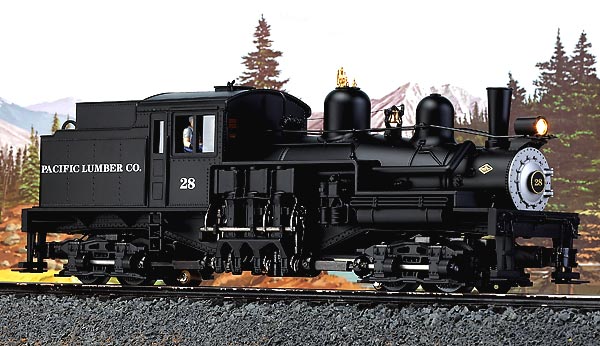

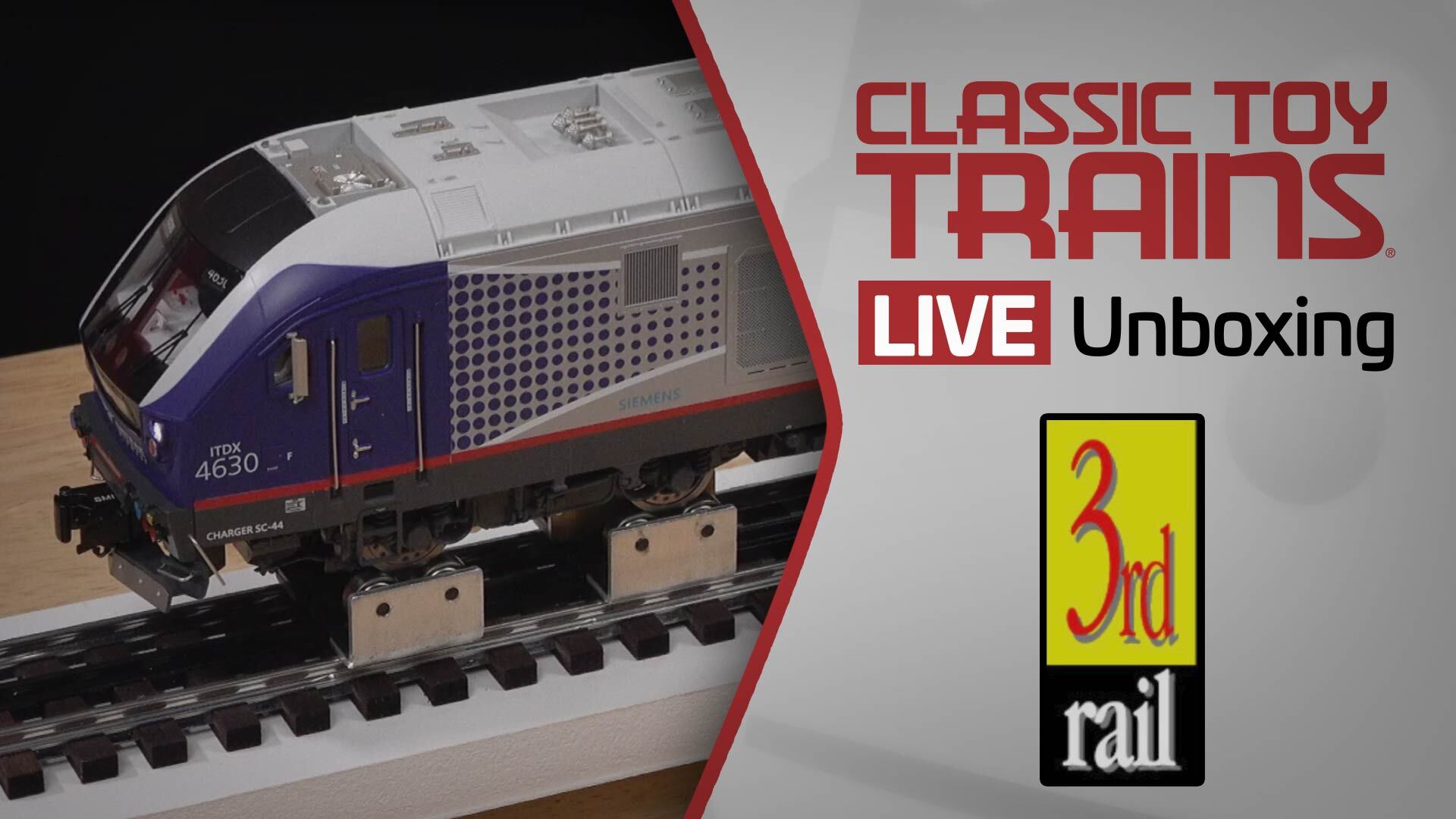
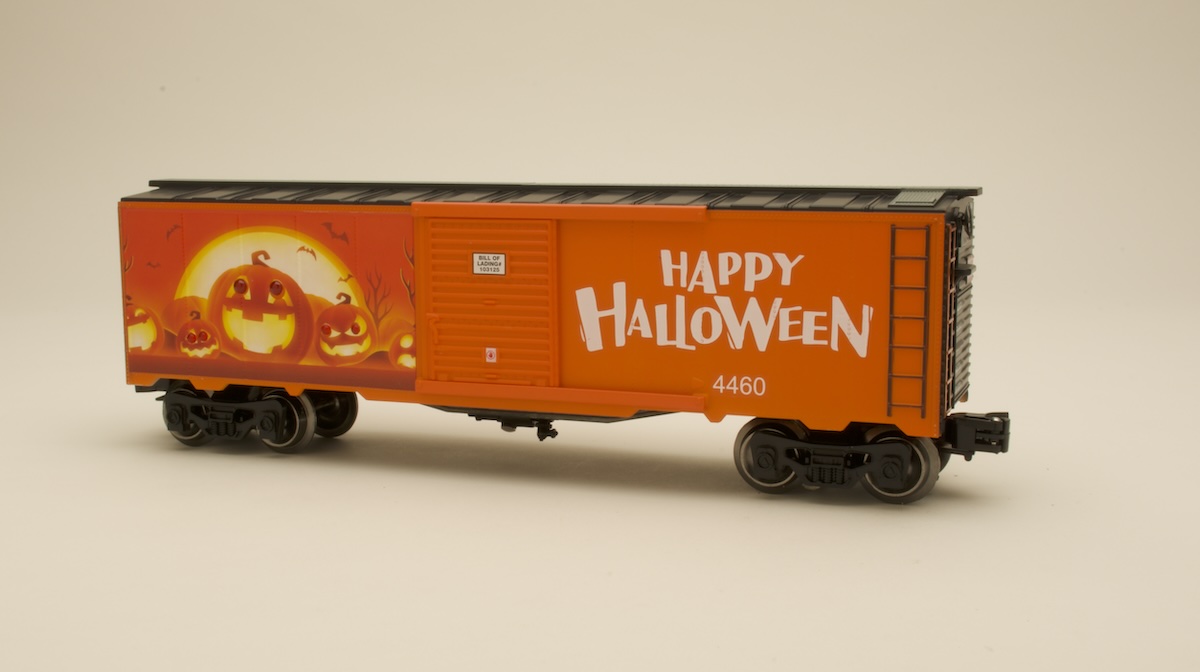
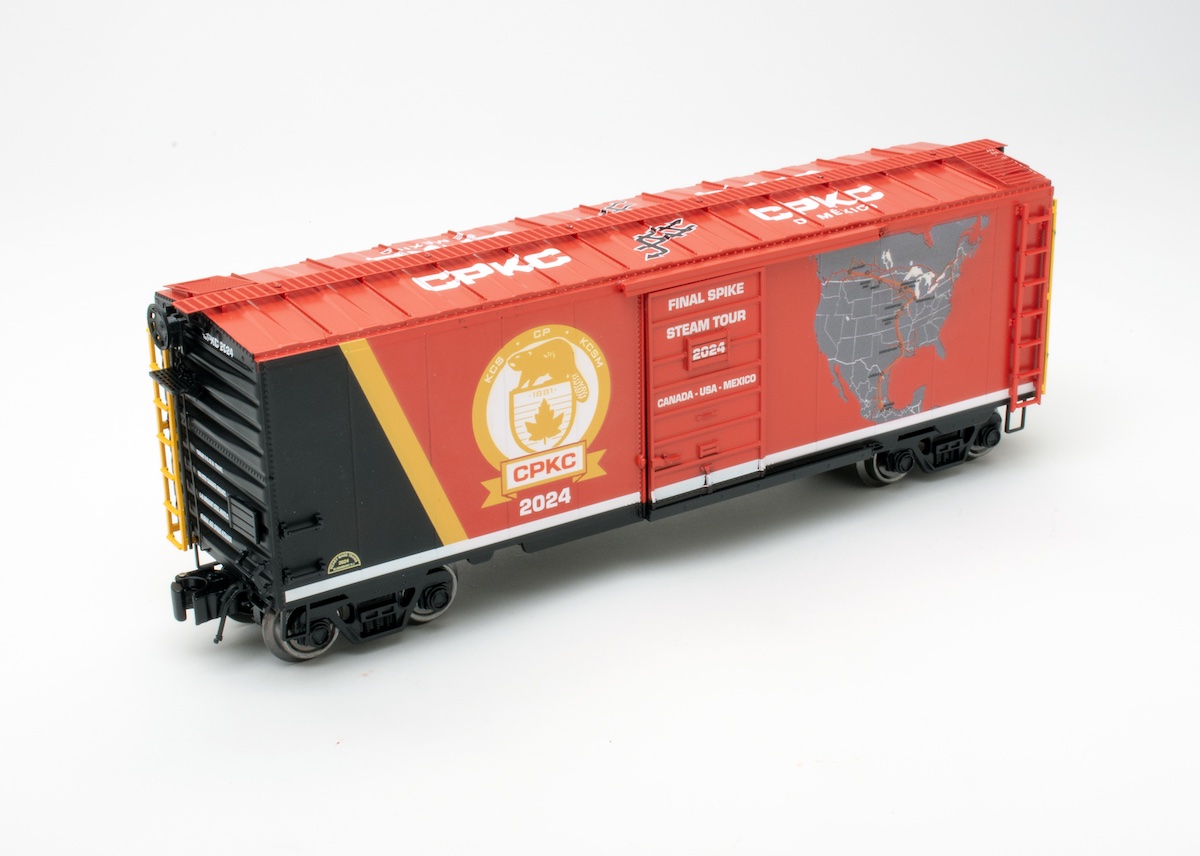
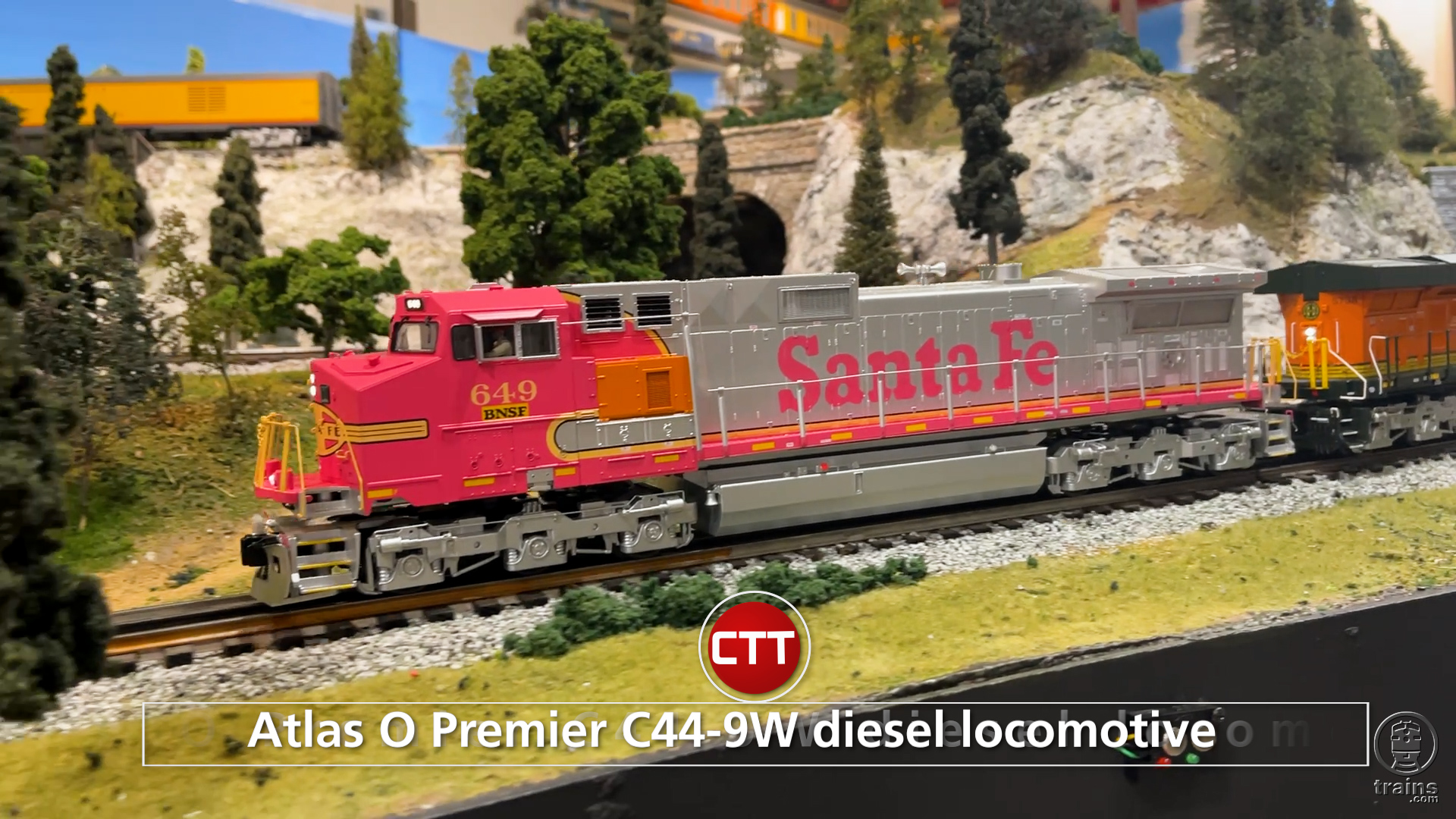




sounds like a ingine I would like to have, like to see one run.
They're available right now, and on sale (as of Feb. 10, 2009), at The Western Depot. Also, watch the ads in C.T.T.
How much do they cost weibert@charter.net
where can i find one? please reply to jacbuilders@yahoo.com